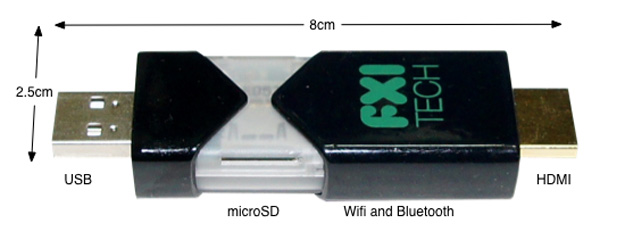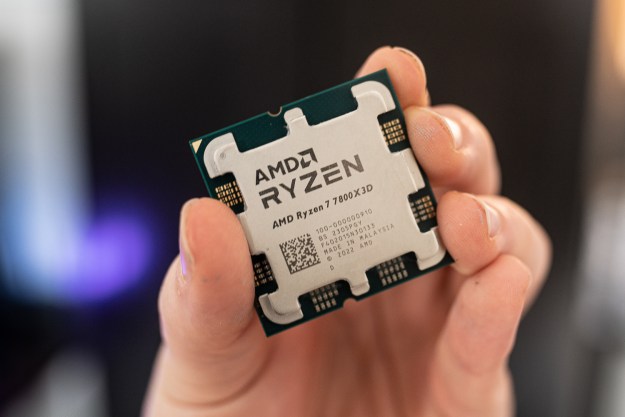 Yes, you read that correctly. Norwegian hardware and software company FXI Technologies has developed the worlds first “any screen” connected computing USB device. Codenamed “Cotton Candy,” the small USB device is essentially a mini computer running Android 2.3 (Gingerbread).
Yes, you read that correctly. Norwegian hardware and software company FXI Technologies has developed the worlds first “any screen” connected computing USB device. Codenamed “Cotton Candy,” the small USB device is essentially a mini computer running Android 2.3 (Gingerbread).
FXI Technologies designed Cotton Candy to allow Android users access to the operating system on virtually all their devices. That means Cotton Candy users will be able to enjoy the sweet taste of Gingerbread on their smartphones, tablets, laptops, as well as TVs, set top boxes and game consoles.
“Today’s device functionality is often limited by the size of the screen it inhabits,” said Borgar Ljosland, founder and CEO of FXI Technologies. “We’ve turned things upside down, eliminating the screen and delivering the power of a PC and the web to any screen.”
On the technical side, Cotton Candy is quite impressive. The tiny devices weighs only 21 grams and features an ARM Cortex A9 (1.2GHz) CPU, and ARM Mali 400 MP (Quad-core) GPU. Cotton Candy also includes support for Bluetooth, Wi-Fi, and HDMI output for displaying HD graphics and content on a myriad of HD devices. Content is accessed through a secure FXI Web portal, and can be controlled via smartphones, keyboards, mice, and other USB peripherals.
Because it is still a prototype there is no definitive word on pricing yet, but FXI Technologies is aiming to release Cotton Candy sometime in the latter half of 2012.


